6. Altered States (1980)
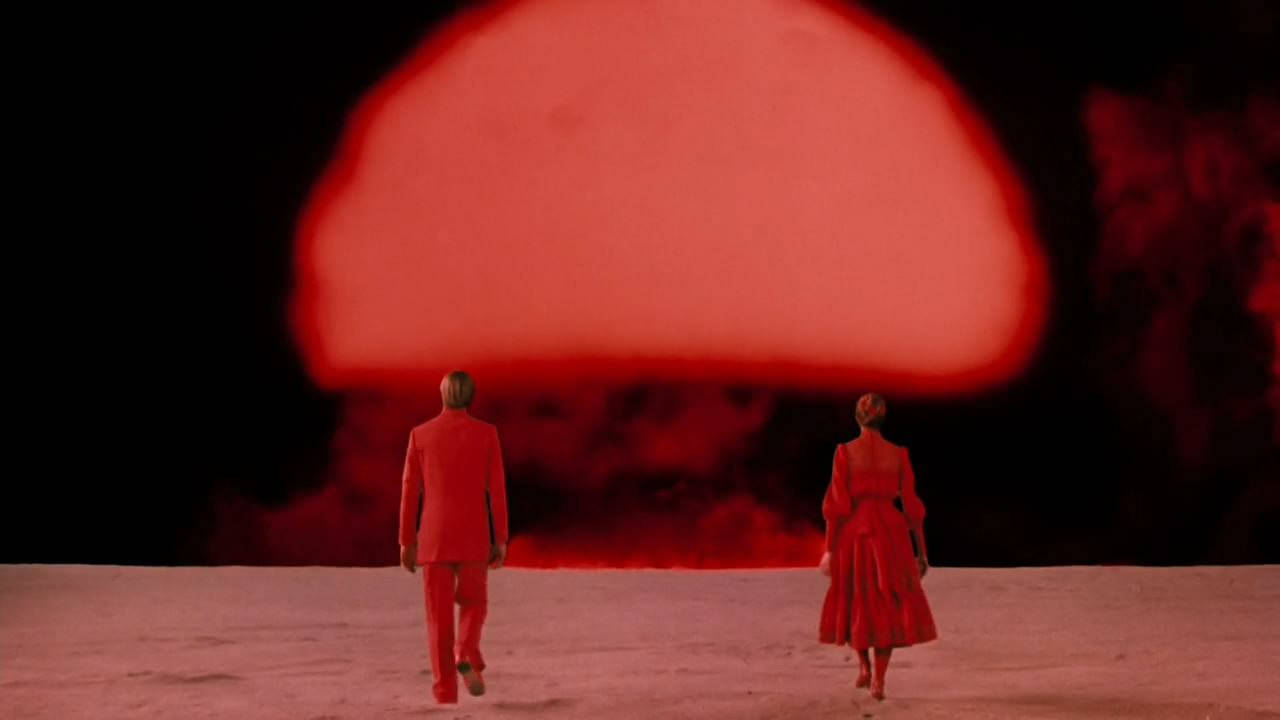
Despite being director Ken Russell’s only work in the science fiction genre, Altered States is nonetheless an unique and exceptional film about human consciousness and existence. Based on John C. Lilly’s sensory deprivation research, it explores the boundaries of what it means to be alive.
When scientist Edward Jessup studies schizophrenia, he begins to hypothesize that other states of the mind are just as real as our waking state. Through the use of various hallucinogens and experimentations, Jessup discovers the nuances of life among which we exist.
Altered States is a truly intense experience that reminds us of the power of cinema. The bizarre yet compelling imagery placed throughout forces the audience to confront uncomfortable concepts that haunt our very existence. In terms of psychedelic science fiction, it provides a grounded and personal account of an existential crisis.
The performance William Hurt gives as Dr. Jessup is also highly immersive — he embodies our fear of the great unknown as well as what is beyond life as know it. Overall, Altered States is yet another example of Ken Russell’s ability as an auteur to establish a mesmerizing and philosophical atmosphere.
7. The Lathe of Heaven (1980)
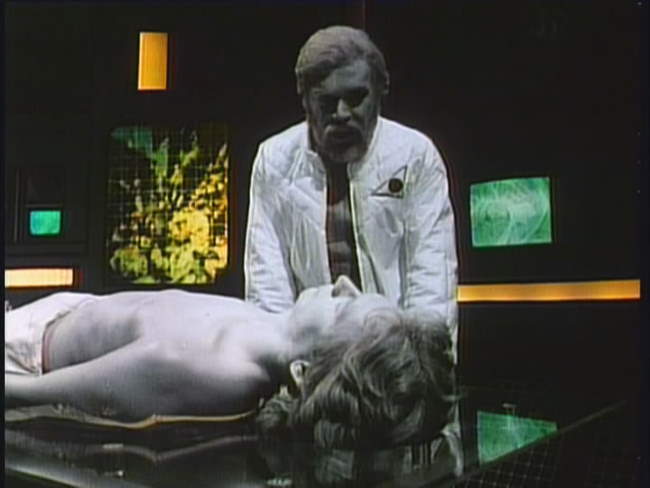
Based on the 1971 novel by famed writer Ursula K. Le Guin, The Lathe of Heaven tells the story of George Orr, whose dreams can change reality. However, for years, he has been taking medication to suppress this ability.
When Dr. Haber discovers George’s ability, he decides to use it for good to end various injustices, such as overpopulation, racism, and war. However, when each of these result in polarized and terrifying results, they begin to realize the limited power mankind is given should be all it has.
Though fantastical and at some points even outlandish, The Lathe of Heaven more than makes up for its limited resources with its creativity and ingenuity. Despite its small cast of only a few main actors and limited budget of $250,000, each performance is strong, and the special effects are well executed. The themes explored are poignant and the cinematography and production adds to the philosophical tone and atmosphere.
While slightly inconsistent, The Lathe of Heaven provides an introduction into the science fiction of the 80s and sets the stage for more fascinating concepts that would follow.
8. The Quiet Earth (1986)
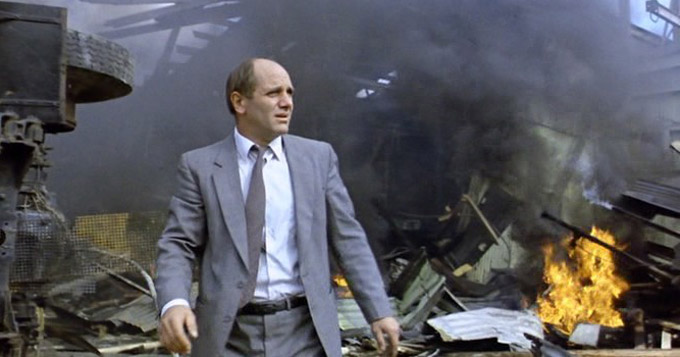
In this New Zealand film directed by Geoff Murphy, a scientist awakens to discover that he is the last man on Earth. Just as he begins to go insane, he discovers two other individuals who had also survived the apocalyptic experiment.
As they wrestle with their circumstances as well as the implications of their previous actions, they reflect on the universe and the lives they have led. The mysterious and ambiguous ending validates that the characters’ fates are indeed far greater than themselves.
Again, A Quiet Earth demonstrates the ability of science fiction to work around its budget. After its initial release, it has become a cult classic and Neil deGrasse Tyson even called it one of his favorite science fiction films.
The film subtly tackles issues pertinent to society today such as class structure, race, and gender issues. From the cinematography to the score, it is incredibly well made and atmospheric. By concentrating on the characters instead of the special effects or action sequences, it focuses on the human story at the center of a conceptual story.
9. The Hidden (1987)
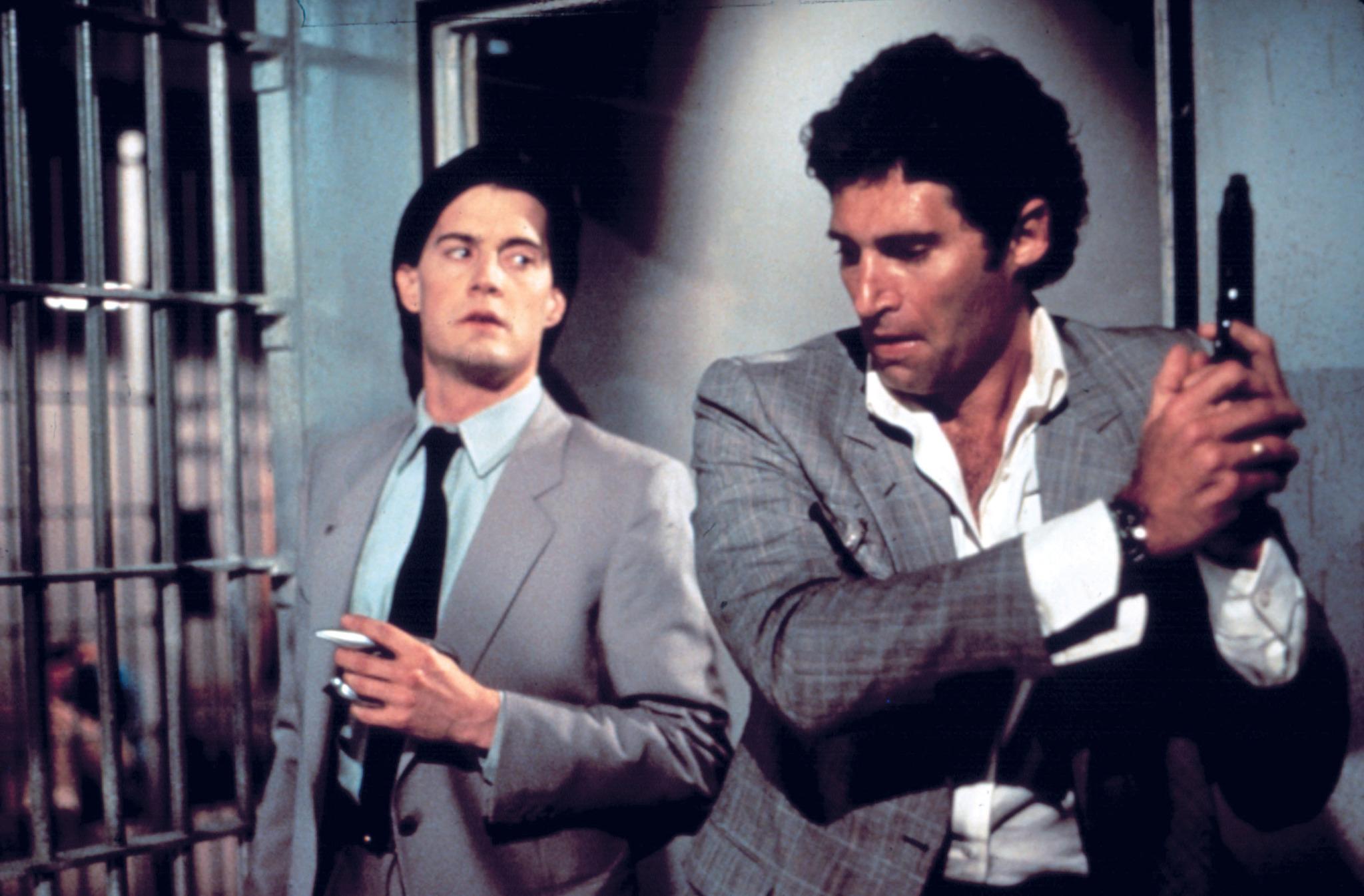
Written by Jim Kouf (under the pen name Ben Hunt) and directed by Jack Sholder, The Hidden is an action-science fiction film with elements of various genres, such as horror and thriller.
Though the mixture of styles should feel messy, it actually works flawlessly with the premise — an FBI agent and detective, played respectively by Kyle MacLachlan and Michael Nouri, chase after an alien on the loose. The mission becomes harder as the alien is extremely elusive and able to possess the bodies of the individuals it kills. Its ultimate goal is to take over Earth and dominate humanity.
The Hidden works as an amalgam of “80s cinema” — it combines the cheesy action flicks with the futuristic and innovative components of science fiction. The soundtrack, camerawork, and style almost make it a relic of the decade. Even the cornier parts of the film work in its favor, as the dynamic between MacLachlan and Nouri increase the likability of the characters.
As a matter of fact, Roger Ebert has called the film “surprisingly effective”, a review that most audience members have agreed with. For fans of John Carpenter’s works and other science fiction genre-blend films, The Hidden is a must watch.
10. Miracle Mile (1989)
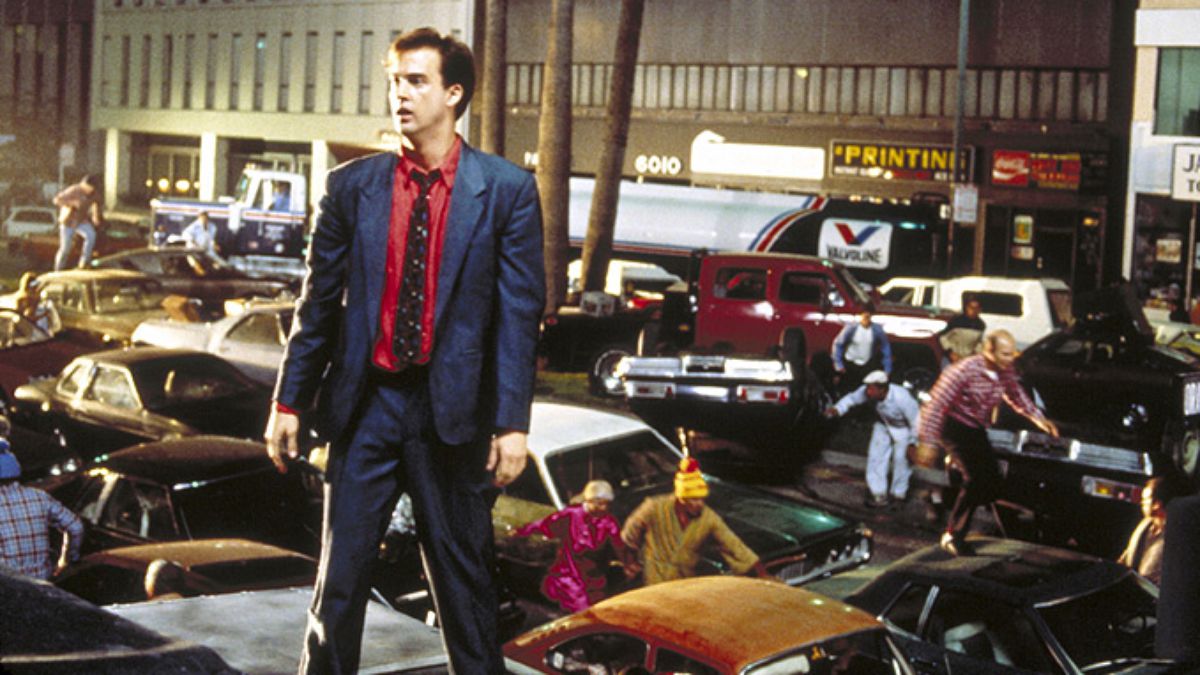
Named after the neighborhood of the same name in Los Angeles, Miracle Mile is a love story told through a science fiction lens. After thirty years of searching for his dream girl, Harry finds her. However, the same night, he receives some bad news — World War III has just begun, and nuclear missiles were heading towards Los Angeles. Directed by Steve De Jarnatt and starring Anthony Edwards and Mare Winningham, Miracle Mile shows the passion and intensity of love in the duration of less than 90 minutes.
Miracle Mile begins as a romance and continues as such, even as the world collapses around it. Though the apocalyptic storyline may not be completely original, the lens through which it explores the concept is. Even before it officially began production, it was revered as one of the best unmade screenplays in 1983.
At the time of its release, the Cold War was barely ending, and the threat of nuclear war still loomed over Americans’ minds — Miracle Mile represents both the greatest fear of the 80s and the overlying confidence that everything would still turn out fine.